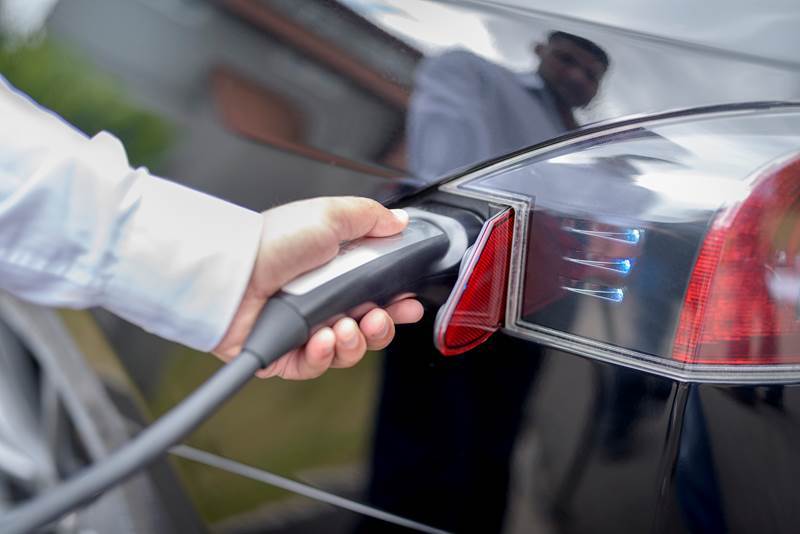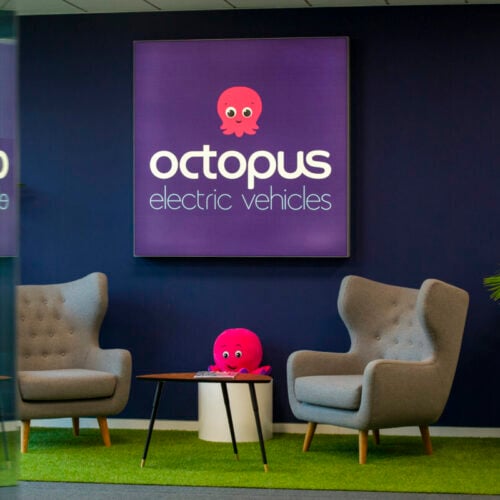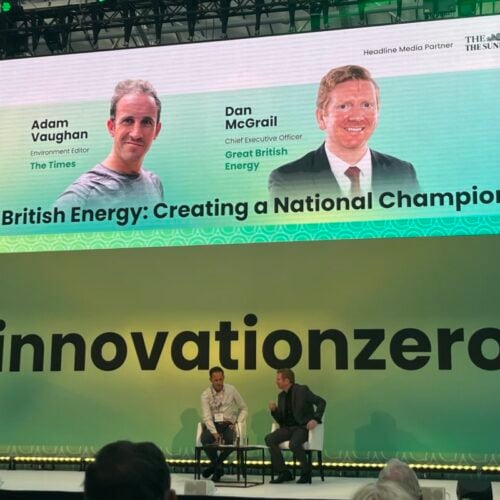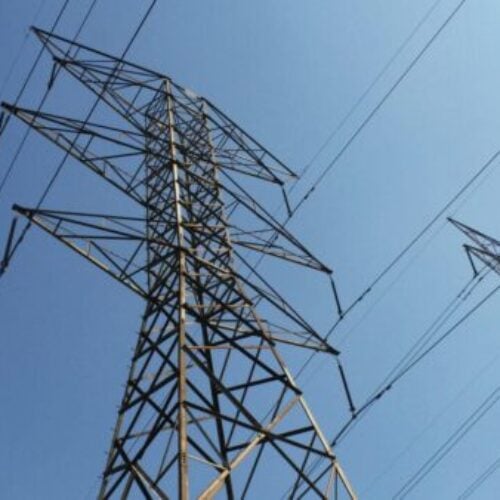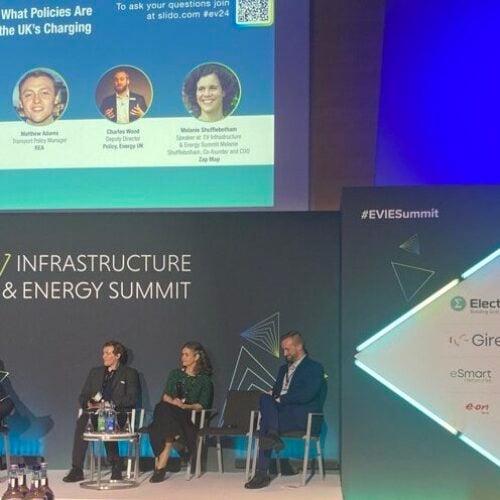Scottish and Southern Electricity Networks (SSEN) is to install monitoring devices in its substations and, where permitted, people’s homes that would allow it to adjust the charging rates of electric vehicles.
The network operator said it would implement the measure if and when market solutions were unable to ensure the stability of the local grid by taking direct action to lower demand, and could see the technology in place within two years.
Under the original proposal outlined in the DNO’s consultation, a substation controller would monitor network loading and send signals to reduce or pause EV charging when there is a danger of overload. An EV charge controller installed in a home or business where an EV is used receives these signals to pause or curtail charging.
A back-office system would manage operation of the substation and EV charge controllers and record data to ensure the system is being used in line with a governance criteria which limits how often SSEN can limit charging.
Over half (53%) of the 36 respondents to this proposal approved of its use, although well over a third (39%) opposed the plan. Among those in favour of the proposal were three of the four other DNOs that responded, while just over two-thirds (67%) of charging point supply chain respondents said they thought the ‘interim solution’ would be in customers’ best interest.
Stewart Reid, head of DSO and innovation at SSEN, said: “As a responsible network operator, it is our job to ensure the transition to electric vehicles is as smooth as possible, developing cost-effective, smart technology interventions to manage this demand without unnecessary upgrades to GB networks and disruption to consumers.
“Whilst we continue to work with industry to develop an enduring solution to managed charging, the proposed interim solution is an important step to ensure the UK realises its low carbon transport ambitions with no adverse impact to both EV users and electricity networks.”
While some respondents (22%) opposed the plan, there was wider support for the longer term solution put forward by SSEN which would see it use smart meters.
The ‘interim solution’ will be in place ahead of a longer term solution to use smart meters to adjust charging rates as a means to protect electricity networks was also explored.
SSEN is now progressing a proposed modification to the smart meter specification, but will first seek to create a technical specification for the interim solution with which a tender can be issued. It will also seek to address concerns over its proposed governance requirements after 65% of respondents claims additional consumer safeguards were required.
